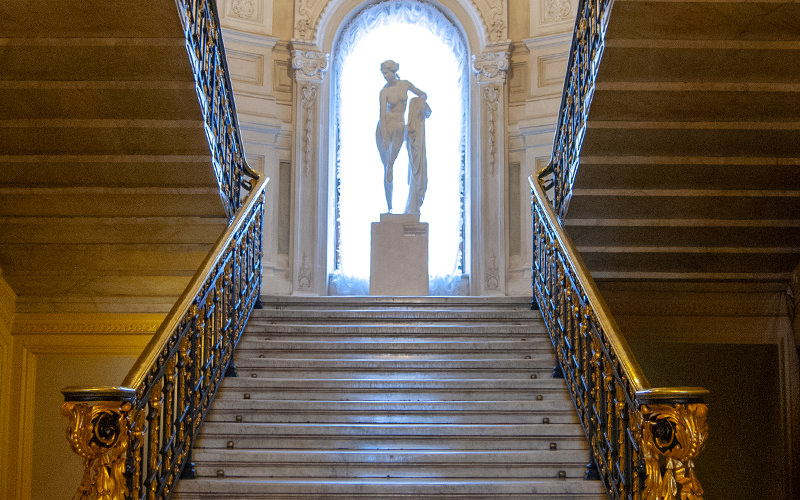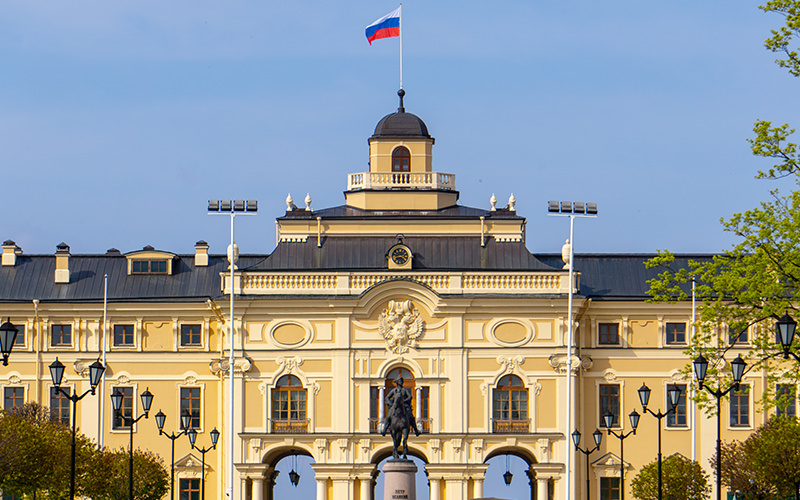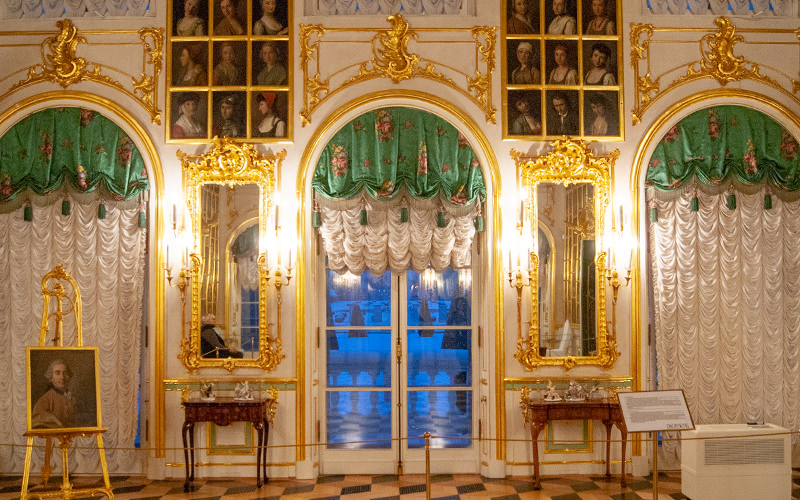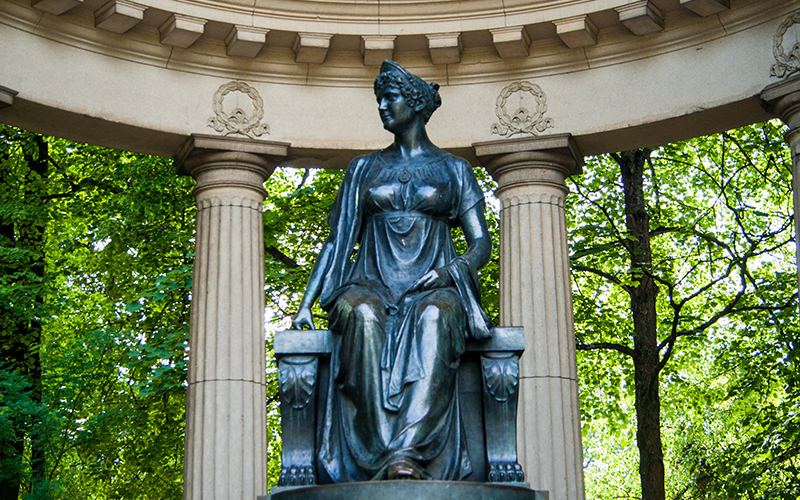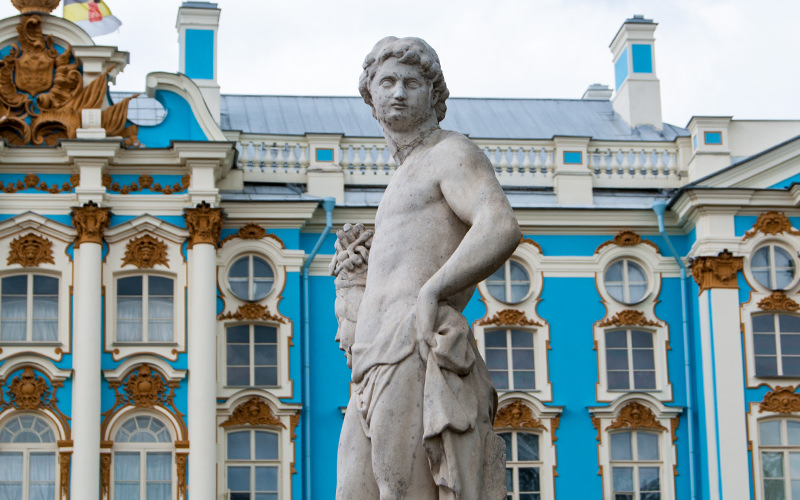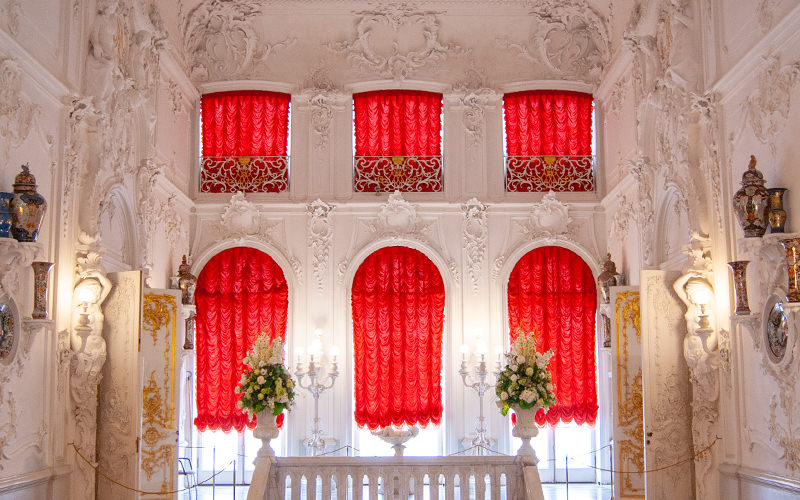Pavlovsk Palace, located in the city of the same name, is one of the most majestic and ceremonial imperial residences. Its design involved renowned masters such as Charles Cameron, Vincenzo Brenna, Andrey Voronikhin, Carlo Rossi, and Giacomo Quarenghi. Each of them contributed to the architectural history of the palace, as well as the entire city of Saint Petersburg.


Complementing the palace complex is the vast Pavlovsk Park, filled with numerous alleys, ponds, monuments, and bridges. Deep within the park, surrounded by tall fir trees, you can even find a mausoleum dedicated to the "Benefactor-Spouse." It was erected by the order of the widowed Empress Maria Feodorovna.
The interiors of Pavlovsk Palace are so diverse and fascinating that I decided to split the article into two parts. Today, we’ll discuss the history of the residence and how to get there. In the next part, I will take you on a tour of the palace.
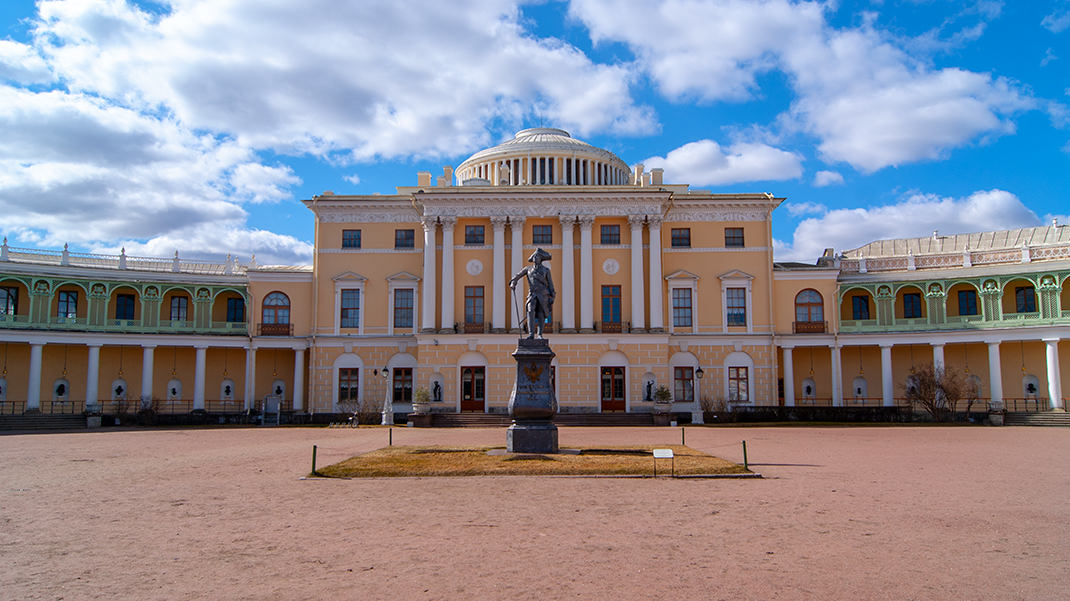
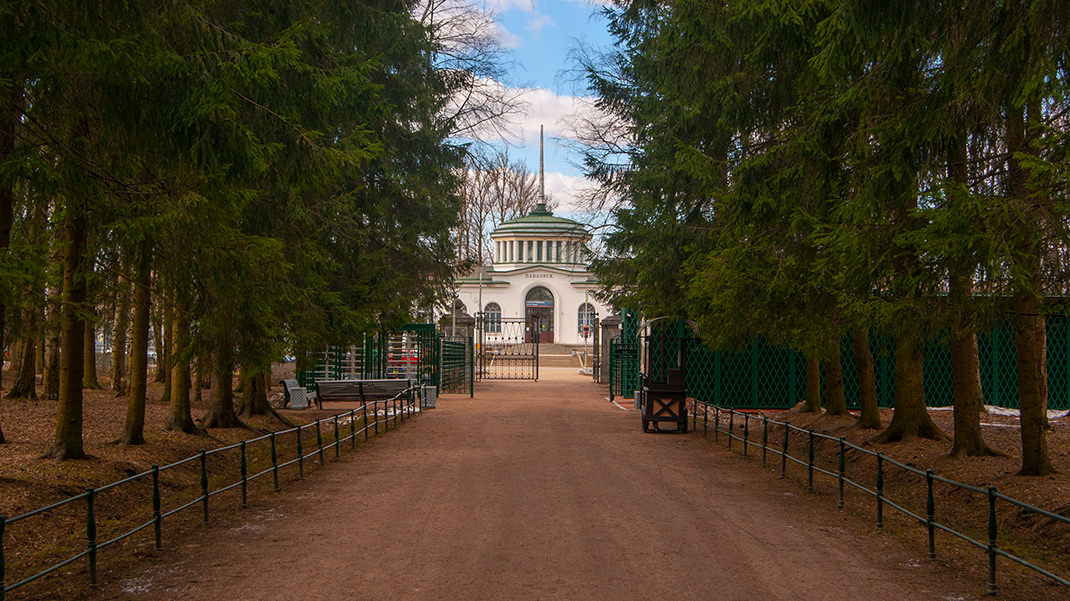
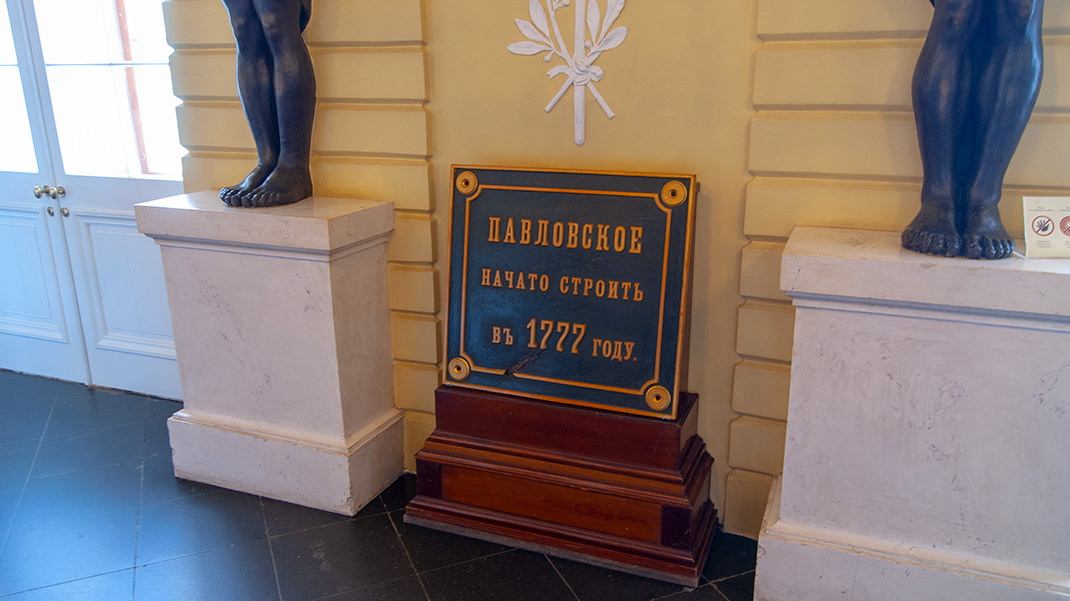
How to Get There
You can reach Pavlovsk by train from the Vitebsky railway station. There are both regular trains and more comfortable ones available, so pay attention when purchasing a ticket. The fare is 54 rubles for the standard class and 55 rubles for comfort class (spring 2019).
From the station, you can take a bus to the palace or walk through the park. I prefer the latter. The walk takes about 20 minutes at a brisk pace. There are signs in the park, and since there are always plenty of people around, it's hard to get lost.
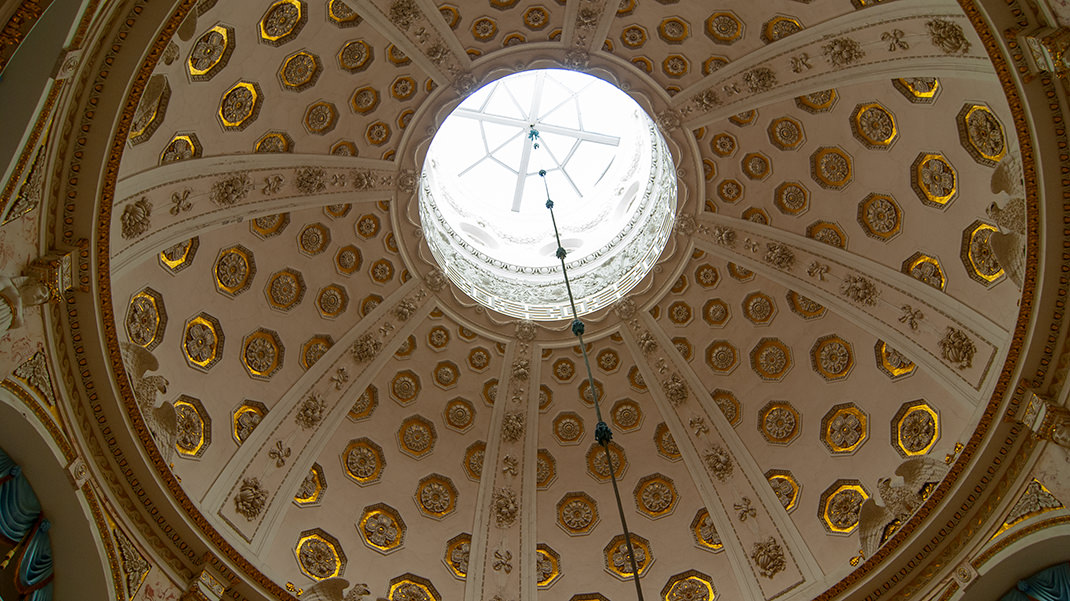
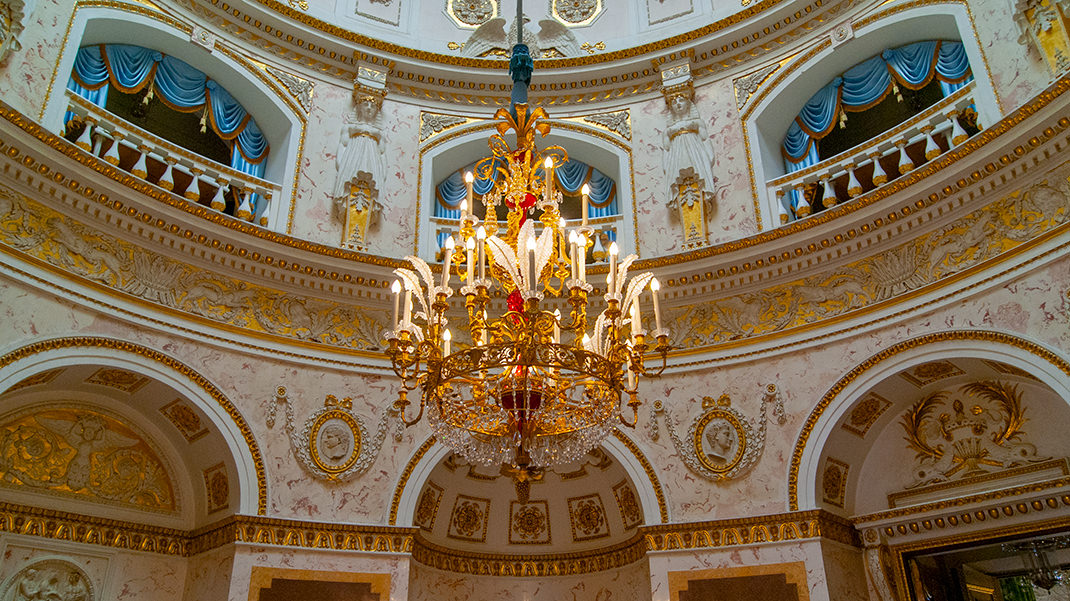
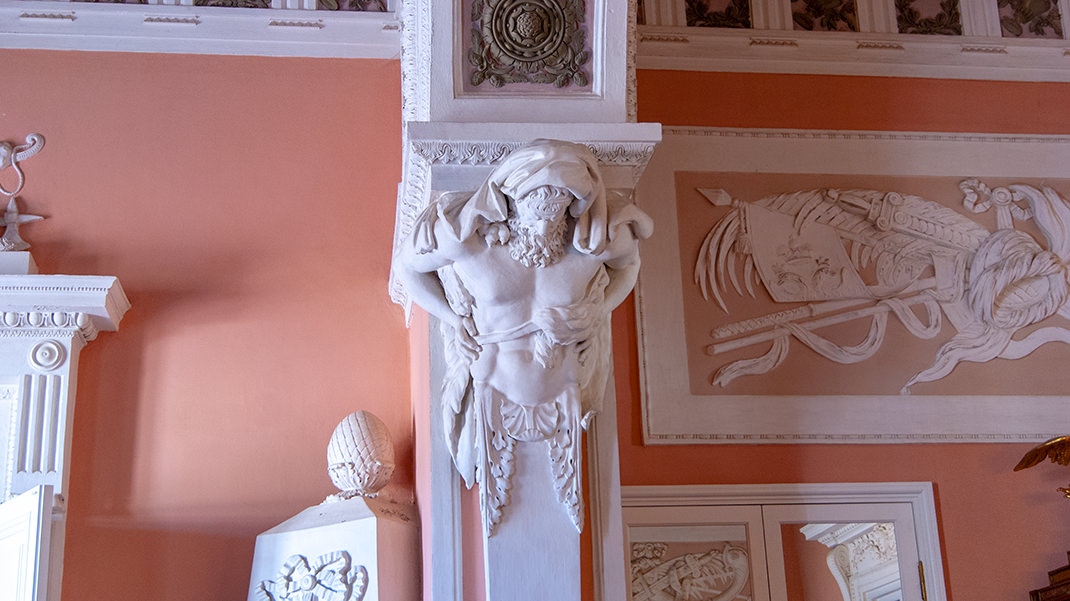
The palace is closed on the first Monday of each month. Additionally, during the low season from October to May, the palace is also closed on Fridays. Keep this in mind when planning your trip, and it’s best to check the schedule in advance.
The adult entry ticket costs 500 rubles. A guided tour is included in the ticket price.
The History of Pavlovsk Palace
The land on which the palace now stands was given by Catherine II to her son after the birth of her grandson, the future Emperor Alexander I. The relationship between Paul and Catherine was quite strained: right after the birth, the boy was separated from his mother. And when he was very young, Catherine orchestrated a coup, overthrowing his father. Despite Paul being an unwanted child, born from an unloved husband, the Empress had great affection for her grandchildren.
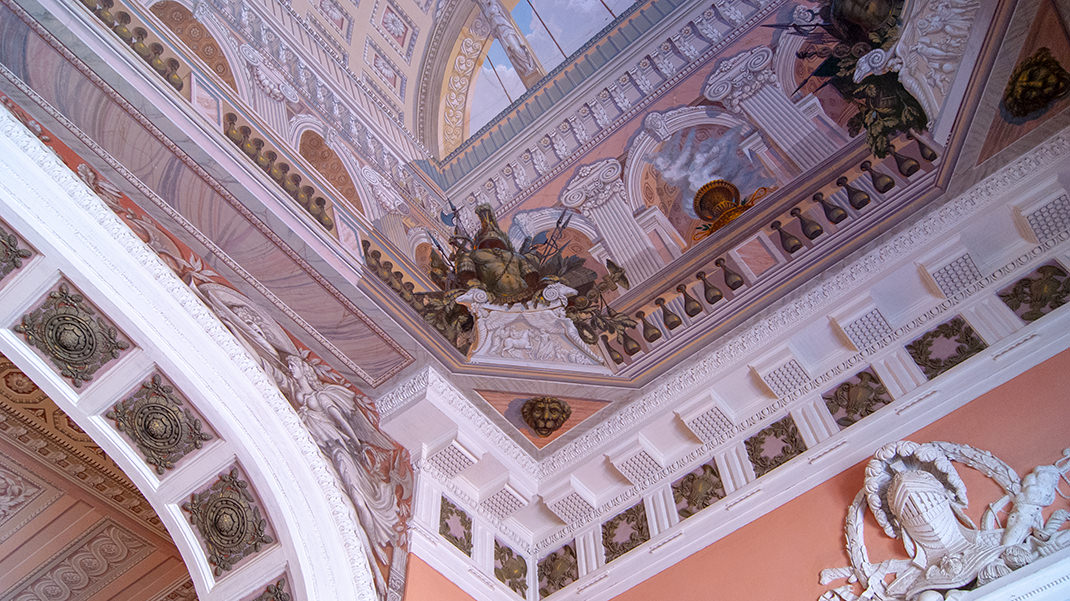
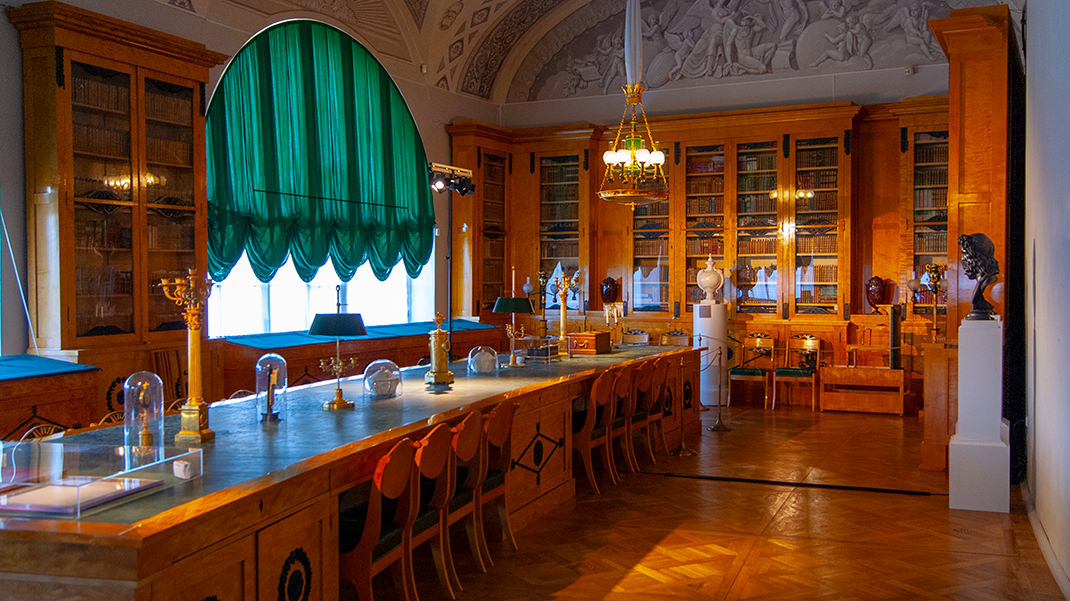
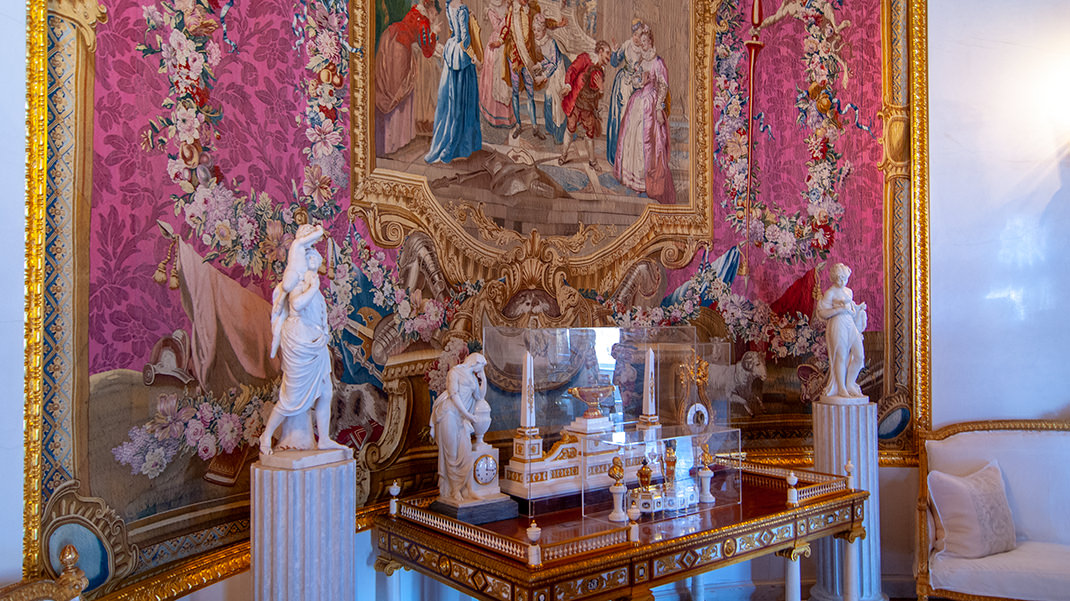
The current palace was built in the 1780s on the site of existing structures, with the project designed by Charles Cameron. Over time, the palace underwent multiple reconstructions and renovations. In 1803, a fire broke out, and it took two years to repair the damage.
After the assassination of Paul I, his widow Maria Feodorovna continued to live in the palace, outliving her husband by 27 years.
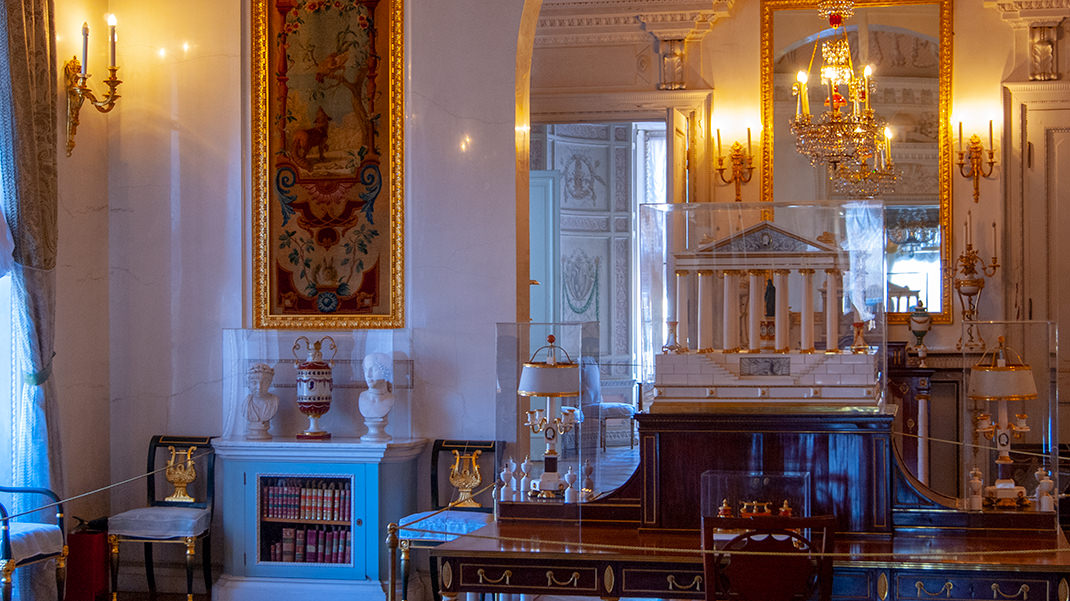
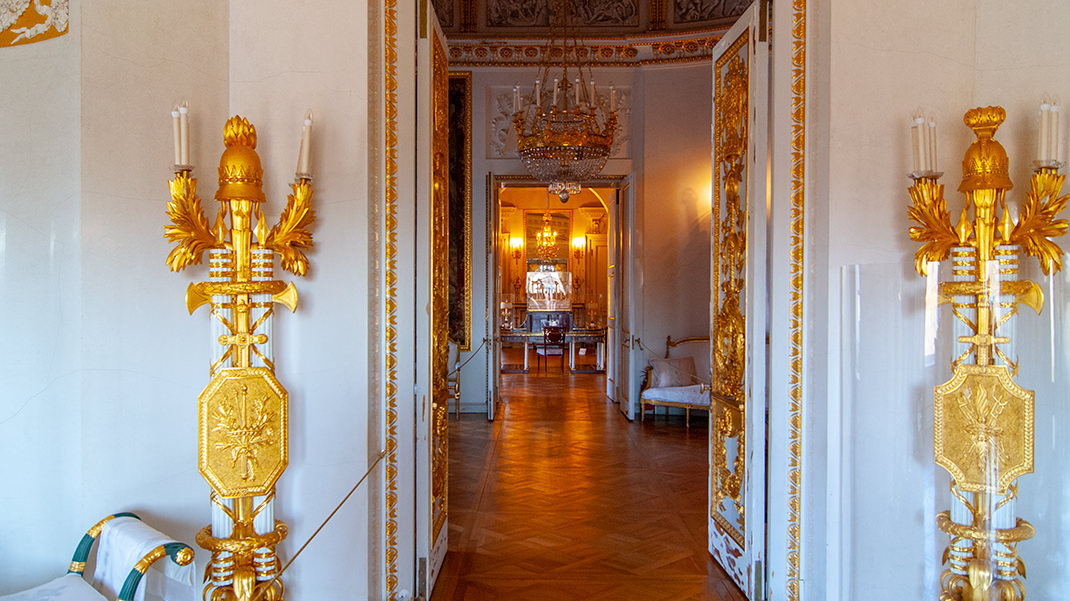

During the Great Patriotic War (World War II), the palace was almost completely destroyed by fire. Restoration efforts took over 30 years, and today we see the work of post-war craftsmen, created according to old plans. Interestingly, the marble statues from the Gallery of Antiquities were hidden in the palace’s basement behind a false wall during the occupation, and luckily, they were never discovered by the enemy, though some did suffer fire damage.
In conclusion, I’d like to return to Pavlovsk Park. This unique monument of landscape art, I’m sure, will leave no one indifferent. Covering an area of about 600 hectares, it features so many diverse objects that exploring them all could take several days. By the way, last year, the Pavlovsk Museum-Reserve broke its own record: over 1.6 million people visited it. The last time the one-million-visitor mark was reached was in 2012.
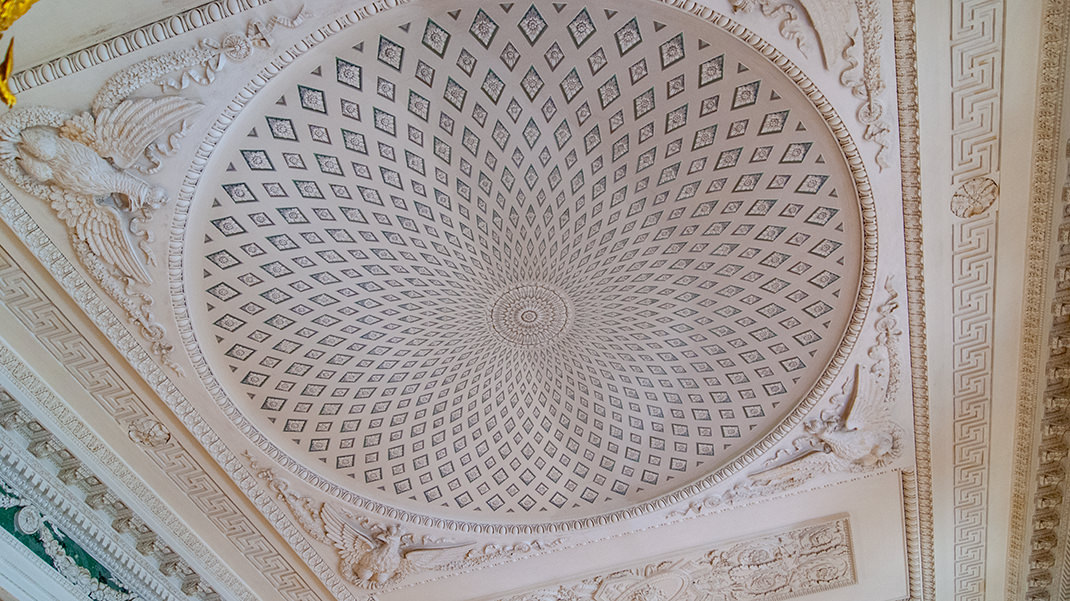
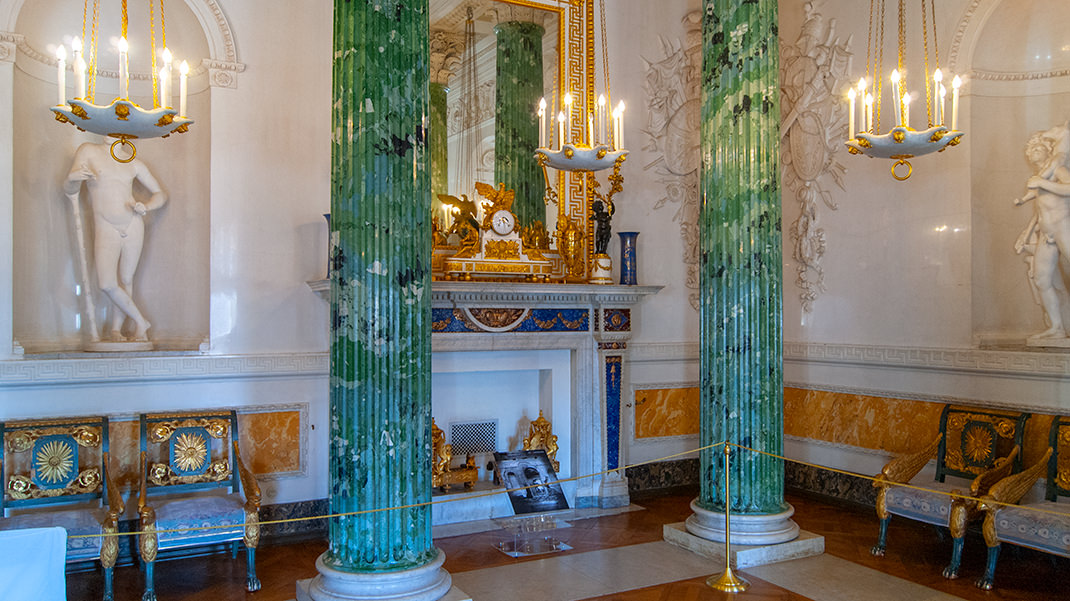
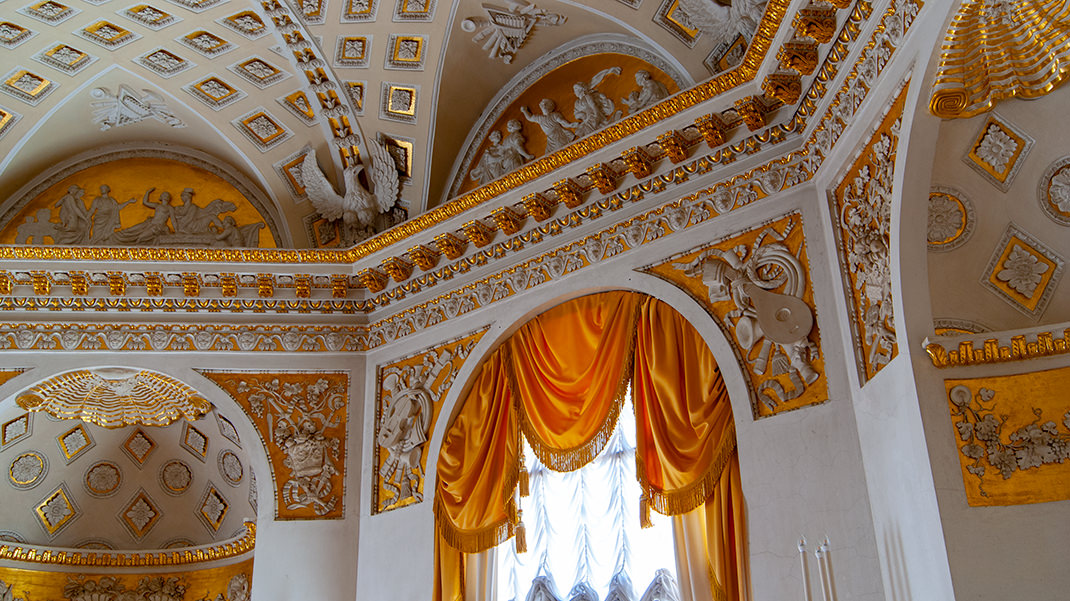
This concludes my brief story about the magnificent palace and park ensemble. In my next article, I’ll delve into the halls featured in the palace tour.
In summary:
- Stunning ceremonial interiors;
- Check the palace’s operating hours in advance;
- In addition to the palace, park, and park pavilions, several exhibitions are open, including "The World of Women and Their Interests," "Costume Museum," and others.
- Pavlovsk Palace. Part 2: A Tour of the Ceremonial Halls and Private Chambers.


